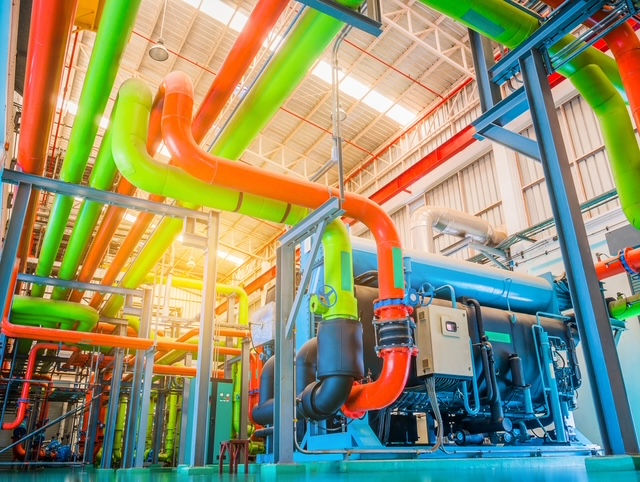MSC Retro-Commissioning Project Walkthrough
- MSC
- Sep 27, 2017
- 3 min read
MSC, as a true HVAC service company, recognizes that there is usually much greater value in optimizing your existing systems as opposed to replacing equipment and controls. One of the best means of system optimization is retro-commissioning, which is closely akin to energy engineering.
Case in point, soon after a new owner took over an existing facility, management was taken aback when the first utility bills began coming in. Energy costs for running the HVAC systems – 100% outside air and exhaust systems with chilled water and hot water reheat – were far higher than anticipated for a facility of its type and size. MSC was called in to see what could be done to optimize their facility. After meeting with the engineer of the new facility, reviewing the building’s HVAC drawings and building automation system graphics and controls, and conducting a one-day survey of the systems and their intended functionality, retro-commissioning was recommended.
The variable frequency drives operating the large exhaust fans were found to be running at 60 Hz, or full speed. Static pressure in the exhaust system was running at 2.5 inches with a set point of 3 inches. Pressure testing of the exhaust ductwork found significant leakage throughout, and much of the exhaust air was being drawn not from the occupied space below but from the ceilings areas above. MSC technicians identified broken and leaking ductwork flanges and fittings. The system was pressure tested again and passed with low leakage. Exhaust fans immediately ramped down to maintain a set point of 2.5 inches and VFDs maintained at 40 Hz.
Next up for retro-commissioning was the chilled water system. Extremely dirty water had plugged strainers and deposited sediment in coils and piping. MSC flushed and cleaned the system with clean water and installed a rust inhibitor. The HVAC chilled water coils and condensers were power washed and cleaned, as were condensate pans and traps to optimize heat transfer and condensate flow. A temperature profile of the cooling coils conducted afterward showed uniform temperatures.
Discharge air and exhaust temperature sensors were recalibrated to read accurately. A traverse of flow stations throughout the facility found that flow was way off, and in many cases needed to be corrected to read properly. Reheat hot water was flushed and cleaned when several of the reheat coils at the far end of the loops were found to be plugged with sediment and not operating. Reheat hot water temperature differential pressure was reset and the system temperature was lowered to maintain 145F. Unoccupied air flows were significantly decreased for off hours. A static discharge pressure reset was implemented to lower static pressure depending on percentage of VAV box damper positioning.
Functionality of the package chillers was optimized through reprogramming of the BAS to bring specific equipment and compressors online depending on chilled water flow, valve position, discharge air temperature, and exhaust temperature. A new high-accuracy outside air temperate and humidity sensor was installed to replace the old device that was malfunctioning and could not be recalibrated. VFDs were reprogrammed with auto-restart and catch-on-the-fly function to prevent power blips from shutting down systems and requiring them to be restarted manually.
The facility management and maintenance team were highly engaged throughout the retro-commissioning process, gaining an in-depth education on their new building systems, its problems, and the solutions being implemented to correct them. New filters were installed throughout the facility by the maintenance group and filter racks were repaired where needed. Together, MSC and facility personnel configured and tested new graphics, alarm set points and system parameters. Technicians installed a new Sequence of Operation that could be accessed with a click of a button on each graphic for ease of use. Trend logs were set up for monitoring and recording system performance.
In the end, the new owners were extremely pleased with MSC’s comprehensive retro-commissioning. Existing systems and equipment were running at optimal efficiency, there was an immediate drop in energy bills, and there was a noted improvement in occupant comfort.




Comments